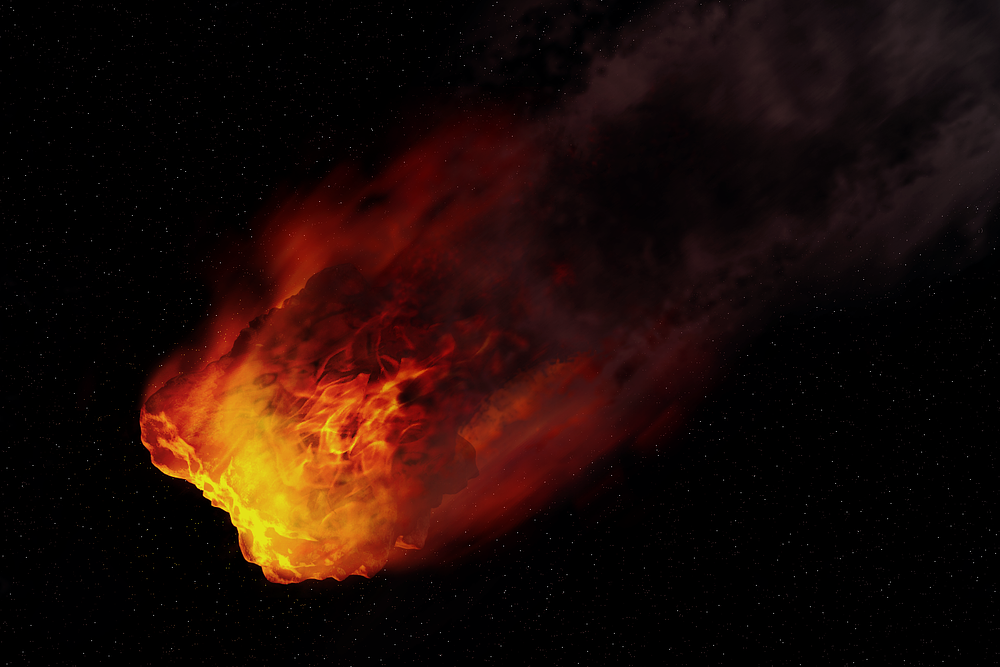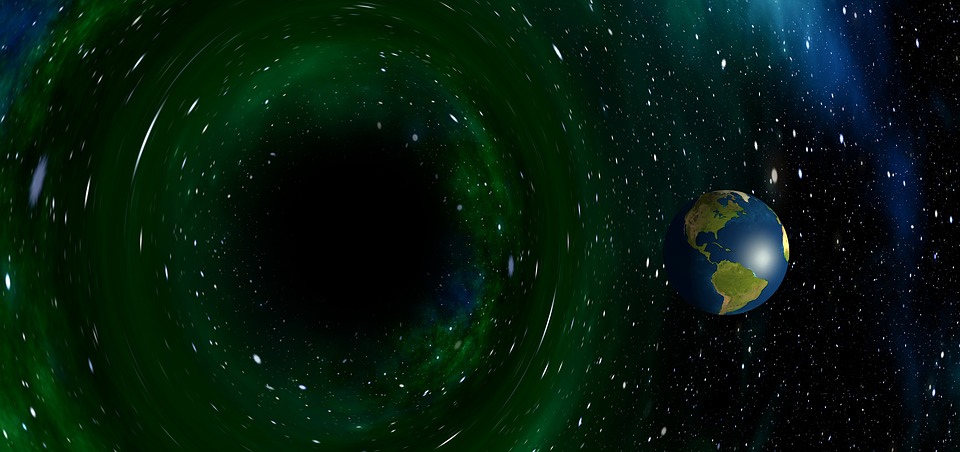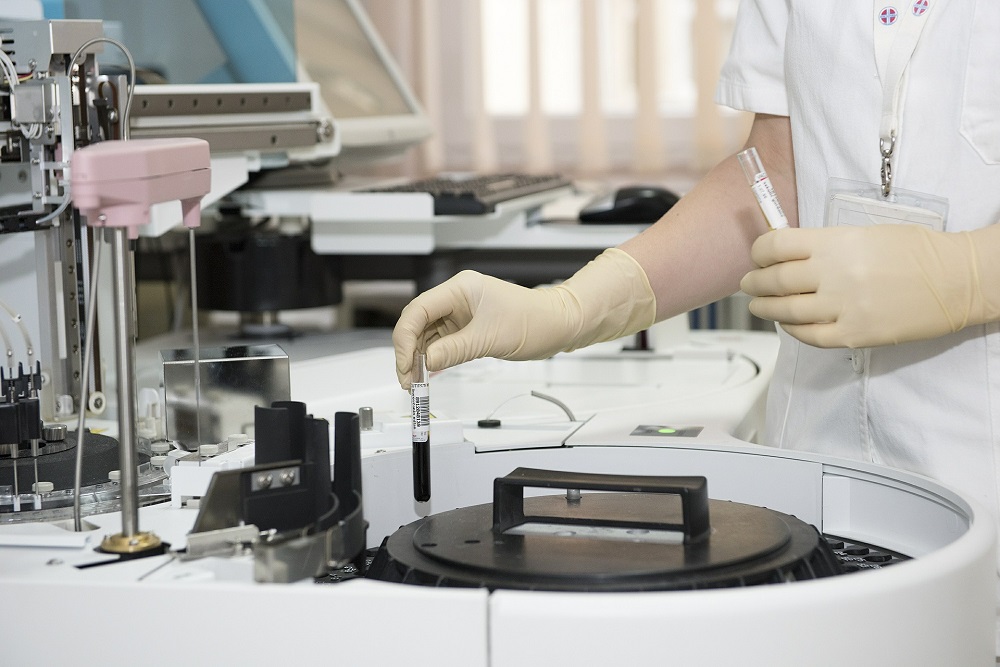National Aeronautics and Space Administration (NASA) monitors an asteroid called 2006 QQ23 which is frighteningly bigger than the Eiffel Tower. It is about a hundred (100) floors high traveling at ten thousand and four hundred miles per hour (10,400mph) speed early on Saturday near Earth.
The danger it poses is estimated to have five hundred (500) times the force of an atomic bomb that hit Hiroshima. 2006 QQ23 is the closest asteroid that hovers on Earth since 2001 which led NASA to consider it as “potentially hazardous.”
A nonprofit foundation president of B612, Danica Remy, said that it’s certain that “we’re going to get hit” by the asteroid. But the thing that leaves to be uncertainty is “when” it will hit the planet.
She continued that the way we can address the issue is “to have an inventory of all the asteroids.”
1.3 million people lost estimated by NASA
With one thousand eight hundred and sixty feet (1,860ft) estimated diameter of 2006 QQ23, an asteroid as big as this would potentially wipe an entire city in a direct hit and its surroundings at most. But it will not threaten that may lead to the destruction of the planet as a whole, as NASA has mentioned.
Thankfully, ninety-five percent (95%) of asteroids in NASA’s overall inventory that three thousand two hundred and eighty feet (3,280ft) or one kilometer (1km)—which is one point seven six (1.76) times bigger than 2006 QQ23—raises no danger that could threaten Earth’s safety.
However, the hazard that it may inflict still remains. In a simulation released by NASA back in May, an asteroid with the similarities of 2006 QQ23 may cause massive loss of one million three hundred thousand (1.3m) people.
To this day, NASA monitors the potential asteroid collision and continue to release official word to settle the fears of the people. NASA is currently on developing the new tech called Double Asteroid Redirection Test (DART), in hopes to redirect away from the asteroids when it potentially befalls on Earth.
Asteroid impact theorized on Mars
Astrophysicist Neil deGrasse Tyson and cosmochemist Natalie Starkey have talked in length about the deadly consequences of such an airburst in the previous StarTalk podcast episode ‘‘Cosmic Queries – Asteroids and Comets.’ The two (2) scientists discussed what would happen if it is to occur in a populated area such as London.
Scientists think that the impact site on Mars called Lomonosov, which is one hundred and twenty kilometers (120km) deep and the same height as the estimated depth of the ocean, must have been the ground zero for the mega-tsunami that struck the surface of Mars. This crater strongly resembles the marine impact sites on Earth.
Researchers observed that the hole in the southern-lip of the impact crater could have been the result of the ocean tumbling back from that direction. Although more data is needed to confirm the Mars ocean theory, it seemed apparent that had the planet carried an ocean, the Lomonosov crater could be “the point where the red planet once held an ocean”.
Chelyabinsk meteor impact
In February 2013, a small meteor came crashing down over the city of Chelyabinsk, Russia. The twenty-meter (20m) long space body breached Earth’s atmosphere and broke up mid-air. The blast was so strong that it damaged over seven thousand (7,000) structures in the adjoining area and caused hundreds of casualties.
The explosion triggered was equal to an overwhelming five hundred kilotons (500kt) of Tri Nitro Toulene (TNT), which is thirty-three (33) times more powerful than the atomic bomb dropped in Hiroshima in World War II.
Starkey’s comment on the Chelyabinsk meteor incident
That would be quite an issue if that had landed in the center of London, so it’s sort of lucky that most of the planet is empty and a lot of these asteroids tend to land in the ocean so we don’t see them and they don’t cause any harm.







